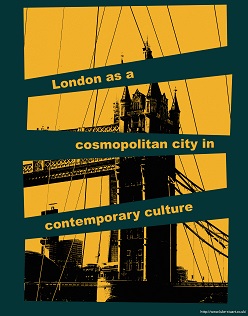“Ingannare l’archivio”: l’‘estetica del riciclo’ di John Akomfrah e del Black Audio Film Collective come pratica di ‘contro-memoria’ nell’Inghilterra postcoloniale
DOI:
https://doi.org/10.13130/2035-7680/10828Parole chiave:
John Akomfrah, Black Audio Film Collective, Postcolonialism, Counter-memory, ArchiveAbstract
By recognizing in the disembarking form the Empire Windrush of the first actual migratory flow, mainly from the West Indies, a central episode in the history of postcolonial England, the essay intends to highlight various themes that bind the works of John Akomfrah and the Black Audio Film Collective (BAFC) to the social and historical reality of London in the second half of the twentieth century up to today. In the works he realized as a member of the Collective as well as in his more recent films and video installations, Akomfrah recurrently worked with found images and footage, mainly from BBC Archives, to try to answer some “perennial questions” which are central issues in his poetics: What is a migrant? Does a city like London preserve memorial traces of the lives of its immigrants? Considering the archive both as a sort of monument that merely attest to the existence of diasporic lives and as a shrine of materials used to build the official discourse about immigrants, Akomfrah aims to “trick it” in order to force it to tell something about the subjectivity, the desires and the identities of post-migrants. This essay also aims to connect Akomfrah’s poetic and film/video production with the studies in the field of Counter-memory and Postcolonial Studies, reflecting on some relevant statements by the artist and analyzing films such as Handsworth Songs and The Nine Muses, as well as video installations such as Mnemosyne and Vertigo See, in order to investigate the way in which their major issues reflect or rather contrast the various cultural representations of contemporary London as a cosmopolitan and inclusive metropole.
Individuando nello sbarco dall’Empire Windrush del primo vero flusso migratorio, proveniente prevalentemente dalle Indie Occidentali, un episodio centrale nella storia dell’Inghilterra postcoloniale, il saggio intende portare alla luce varie tematiche che legano le opere di John Akomfrah e del Black Audio Film Collective (BAFC) alla realtà sociale e storica della Londra della seconda metà del Novecento e di oggi. Nei lavori realizzati come membro del collettivo così come nei suoi film e nelle sue video installazioni più recenti, Akomfrah ha fatto largo uso di immagini e di footage d’archivio per dare nuove possibili risposte ad alcune “domande perenni” intorno alle quali ha costruito la propria poetica: che cosa è un migrante? Quali tracce memoriali conserva una città come Londra delle vite dei suoi immigrati? Considerando l’archivio tanto una sorta di monumento che si limita ad attestare l’esistenza delle vite dei migranti quanto un custode dei documenti sui quali si costruisce il discorso ufficiale sull’immigrazione, Akomfrah si propone di “ingannarlo” al fine di costringerlo a “dire qualcosa” della soggettività, dei desideri e delle identità dei nuovi cittadini. Il saggio intende, altresì, mettere in relazione la poetica e la produzione filmica e artistica di Akomfrah con gli studi nel campo della “contro-memoria” e del postcolonialismo, prendendo in esame alcune rilevanti affermazioni dell’artista e analizzando film come Handsworth Songs e The Nine Muses, nonché video installationi come Mnemosyne and Vertigo See, per riflettere sul modo in cui le principali tematiche in essi affrontate entrano in contrasto con le molteplici rappresentazioni culturali della Londra contemporanea come metropoli cosmopolita e inclusiva.
Metriche
Dowloads
Pubblicato
Come citare
Fascicolo
Sezione
Licenza
Copyright (c) 2018 Altre Modernità

Questo articolo è soggetto a licenza Creative Commons Attribution-NonCommercial-NoDerivatives 3.0 International License.




